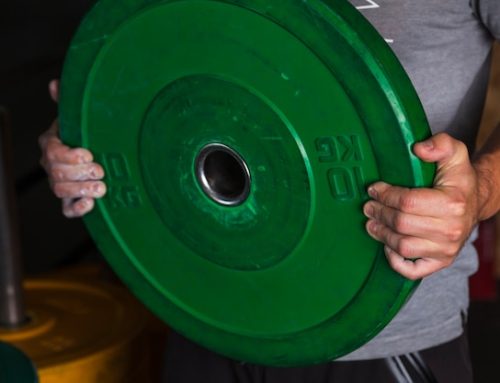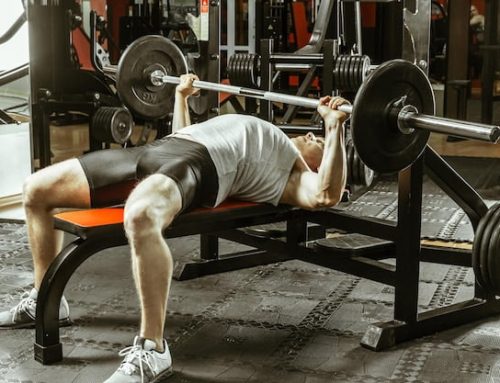Can High Reps Build Muscle?
Bodybuilding has come a long way since its early days. From Arnold Schwarzenegger to Ronnie Coleman, different body builders have used a variety of techniques to build their impressive physiques. One of the most commonly debated methods is high-rep weightlifting. This technique involves lifting a weight for a high number of repetitions, typically between 12 and 20. Some bodybuilders swear by this method, while others believe it to be ineffective. In this article, we’ll explore the science behind high-rep weightlifting and whether or not it can build muscle.
The Science of High-Rep Weightlifting
Before we dive into the specifics of high-rep weightlifting, it’s important to understand the science behind muscle growth. When you lift weights, you create small tears in your muscle fibers. As your body repairs these tears, your muscles become larger and stronger. This process is known as hypertrophy.
High-rep weightlifting is believed to promote muscle hypertrophy by increasing the time under tension (TUT) of your muscles. TUT refers to the amount of time your muscles are under strain during a given exercise. When you lift a weight for a high number of repetitions, your muscles are under tension for a longer period of time. This prolonged TUT is thought to stimulate muscle growth and promote hypertrophy.
The Pros and Cons of High-Rep Weightlifting
Like all bodybuilding techniques, high-rep weightlifting has its pros and cons. Here are a few of the benefits and drawbacks of this method:
Pros:
- Increased TUT: As we mentioned earlier, high-rep weightlifting can increase the TUT of your muscles, which is thought to promote muscle growth.
- Burns Calories: Lifting a weight for a high number of repetitions can be an effective way to burn calories and promote fat loss.
- Good for Endurance: High-rep weightlifting can improve your muscular endurance, allowing you to lift weights for longer periods of time.
Cons:
- Can be Time-Consuming: Lifting a weight for a high number of repetitions can be time-consuming. If you’re short on time, you may not be able to complete a full high-rep workout.
- May Cause Injury: High-rep weightlifting can be particularly taxing on your joints and connective tissue, increasing the risk of injury.
- May Not Be Ideal for Muscle Growth: While high-rep weightlifting can promote hypertrophy, lifting heavy weights for low reps is generally considered to be the most efficient way to build muscle mass.
How to Incorporate High-Rep Weightlifting Into Your Routine
If you’re interested in trying high-rep weightlifting, there are a few ways to incorporate this technique into your routine. Here are a few tips:
- Start Slow: If you’re new to high-rep weightlifting, start slow. Begin with a weight that you can lift for 12-15 reps and gradually increase the weight as you build strength.
- Focus on Form: As with any weightlifting technique, proper form is crucial. Make sure you’re using correct form and technique to avoid injury.
- Combine With Other Techniques: While high-rep weightlifting can be effective, it’s not the only technique you should be using. Incorporate a variety of techniques, including heavy lifting and other hypertrophy-promoting exercises.
The Bottom Line
So, can high-rep weightlifting build muscle? The answer is yes, but with some caveats. While high-rep weightlifting can promote hypertrophy and improve muscular endurance, it may not be the most efficient way to build muscle mass. Additionally, this technique can be time-consuming and increase the risk of injury. If you’re interested in trying high-rep weightlifting, it’s important to remember to start slow, focus on form, and combine this technique with other bodybuilding methods.
At the end of the day, building muscle is a complex process that requires dedication, hard work, and a variety of techniques. Whether you choose to incorporate high-rep weightlifting into your routine or stick with heavy lifting and other hypertrophy-promoting exercises, the key is to stay consistent and keep pushing yourself to new limits.






